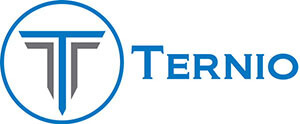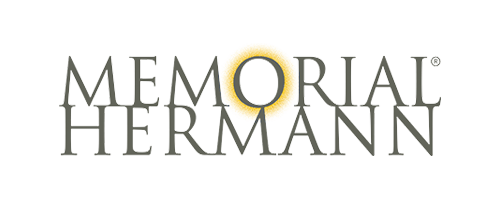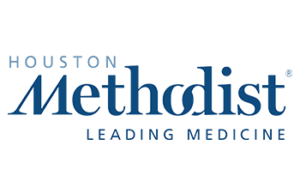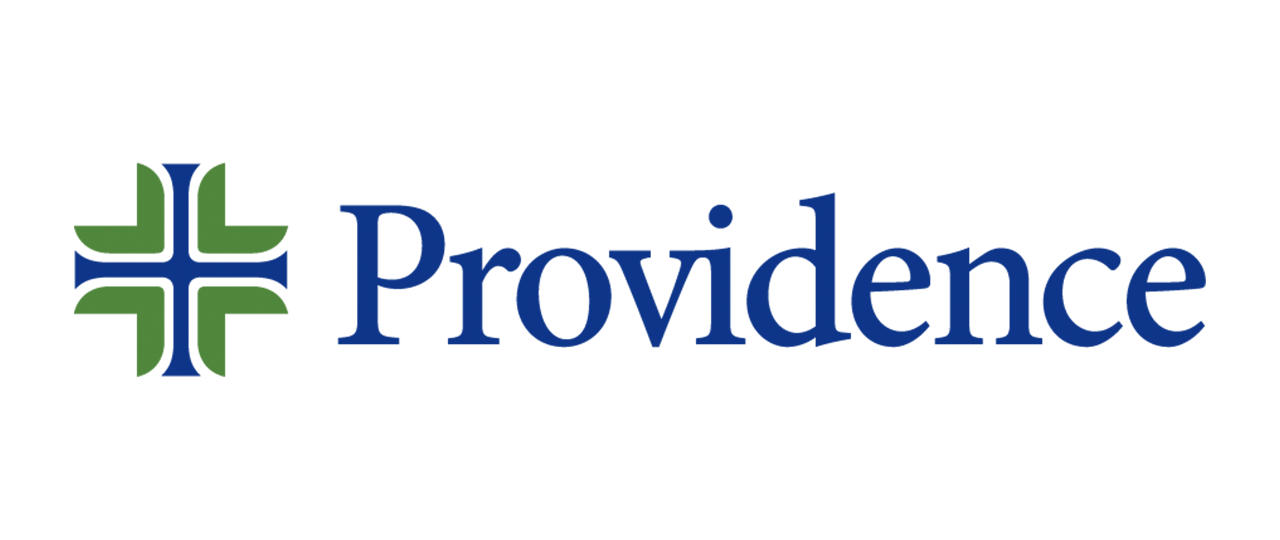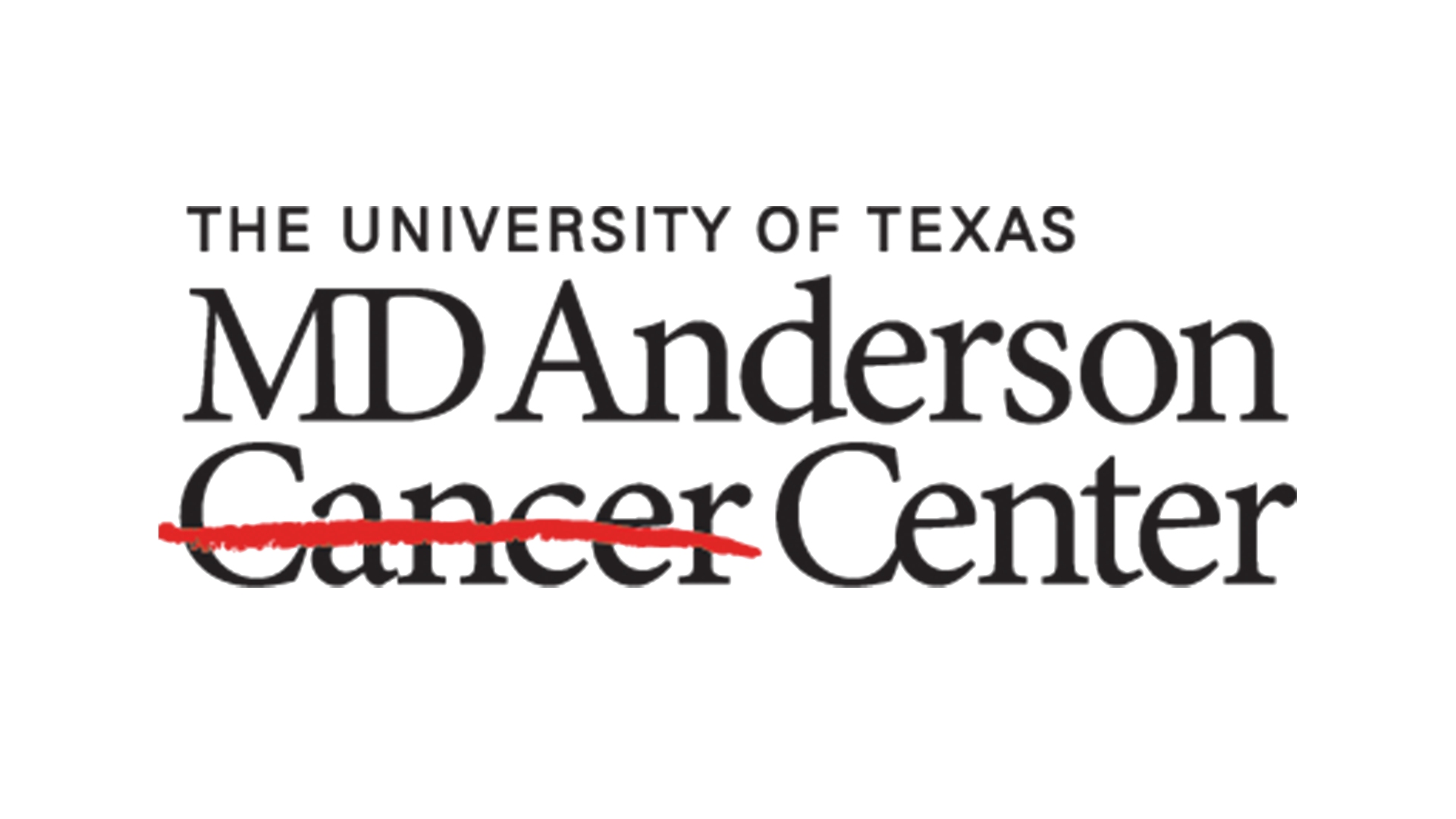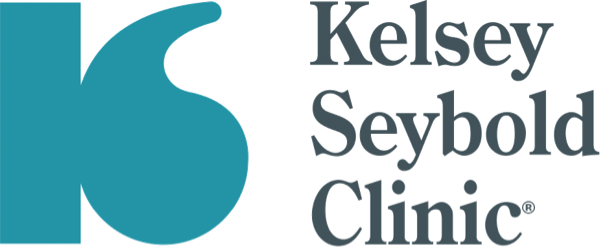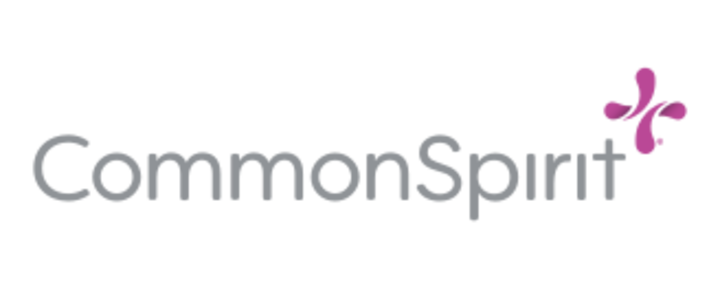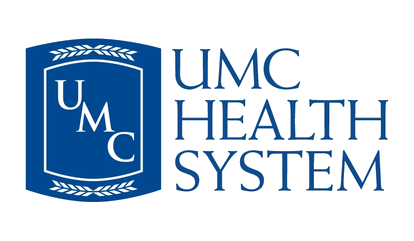How administrative tasks contribute to the problem, and what can be done about it
Ternio Newsroom Staff | December 14, 2021
The nursing shortage that US healthcare is currently experiencing began long before the pandemic propelled it into the headlines. A University of Arizona study conducted earlier this year revealed that 67% of nurses under 30[i] are considering leaving their jobs within the next two years, compounding an already worrisome problem.
The primary cause for the current shortage is well-documented. Burnout and stress were already driving nurses to seek other professional opportunities. COVID only added heat to the fire. But what underlies the stress – and eventual burnout – that is driving otherwise qualified and dedicated caregivers out of the profession? Might we find some clues by examining how nurses spend their time?
As far back as 2011, a study showed that nurses spent only about 37% of their time with patients[ii]. Anecdotal evidence would lead one to believe that this number has only declined in recent years.
Administrative tasks — looking for equipment and supplies, tracking down medications, checking for critical lab results, collaborating with the care team and documentation (just to name a few examples) — are understood to be a required part of clinicians’ jobs. Though these are necessary tasks, inefficient workflows result in wasted time and resources as well as excessive time away from their patients. Clinicians’ job satisfaction is directly correlated with the amount of time spent in clinical work, and that job dissatisfaction is significantly impacted by excessive paperwork and administrative tasks. It is not surprising then, that initiatives that allow clinicians to allocate more of their time to direct care will not only produce improvements in health outcomes but will also reduce stress and improve health professionals’ job satisfaction.
So, what are the steps that can be taken to alleviate the stress-inducing demands of the growing administrative workload on nurses? Ternio agrees with the American College of Physicians, which, in its 2017 report[iii], made the following recommendations, which we summarize here:
Stakeholder/vendor impact statements
- External stakeholders (such as payers, governmental and other oversight organizations, vendors and suppliers, and others) should provide financial, time, and quality-of-care impact statements for public review and comment. Tasks that have a negative effect on quality and patient care, unnecessarily question physician and other clinician judgment, or increase costs should be challenged, revised, or removed.
Regular, periodic reviews of tasks
- Administrative tasks that cannot be eliminated from the health care system must be regularly reviewed, revised, aligned, and/or streamlined in a transparent manner, with the goal of minimizing burden, by all stakeholders involved.
Collaboration
- Stakeholders must collaborate with professional societies, frontline clinicians, patients, and electronic health record vendors to minimize unnecessary clinician burden, maximize patient and family centeredness, and integrate the measurement of and reporting on performance with quality improvement and care delivery.
Better use of information technology and innovation
- All key stakeholders should collaborate in making better use of existing health information technologies, as well as developing more innovative approaches.
Eliminate redundant admin requirements
- As the U.S. health care system evolves to focus on value, stakeholders should review and consider streamlining or eliminating duplicative administrative requirements.
Ongoing research
- There should be rigorous and ongoing research into the effect of administrative tasks on our health care system in terms of quality, time, and cost; physicians, other clinicians, their staff, and health care provider organizations; patient and family experience; and, most important, patient outcomes.
Best practices
- All key stakeholders, including clinician societies, payers, oversight entities, vendors and suppliers, and others, should actively be involved in identifying and implementing best practices to help physicians and other clinicians reduce administrative burden within their practices and organizations to develop and implement evidence-based best practices.
LinkedIn currently ranks registered nursing #4[iv] on its list of the most in-demand jobs in America, and an estimated 1.2 million new registered nurses will be needed by 2030[v] if we are to overcome the current shortage. This number could rise if the projected numbers of those leaving are correct.
The challenges of retaining and recruiting qualified, talented, and dedicated nurses can be reduced significantly by improving job satisfaction, and job satisfaction improves as administrative burdens are reduced. Innovation and the proper application of medical technology have had a major impact on improving patient outcomes. It is past time that we bring a similarly innovative, technological approach to bear on reducing the administrative burden on clinical staff.
[i] Young Adult Nurse Work-Related Well-Being, Contemporary Practice Worldview, Resilience, and Co-Worker Support During the COVID-19 Pandemic https://repository.arizona.edu/handle/10150/660275
[ii]How much time do nurses have for patients? a longitudinal study quantifying hospital nurses’ patterns of task time distribution and interactions with health professionals https://www.ncbi.nlm.nih.gov/pmc/articles/PMC3238335/
[iii] Putting Patients First by Reducing Administrative Tasks in Health Care: A Position Paper of the American College of Physicians https://www.acpjournals.org/doi/10.7326/m16-2697
[iv] The Most In-Demand Jobs Right Now, https://www.linkedin.com/business/talent/blog/talent-strategy/most-in-demand-jobs
[v] Terri Williams, “1.2 Million More Nurses Needed by 2030 to Meet U.S. Demand,” Good Call: https://www.goodcall.com/news/1-2-million-more-nurses-needed-by-2030-to-meet-u-s-demand-09308/
